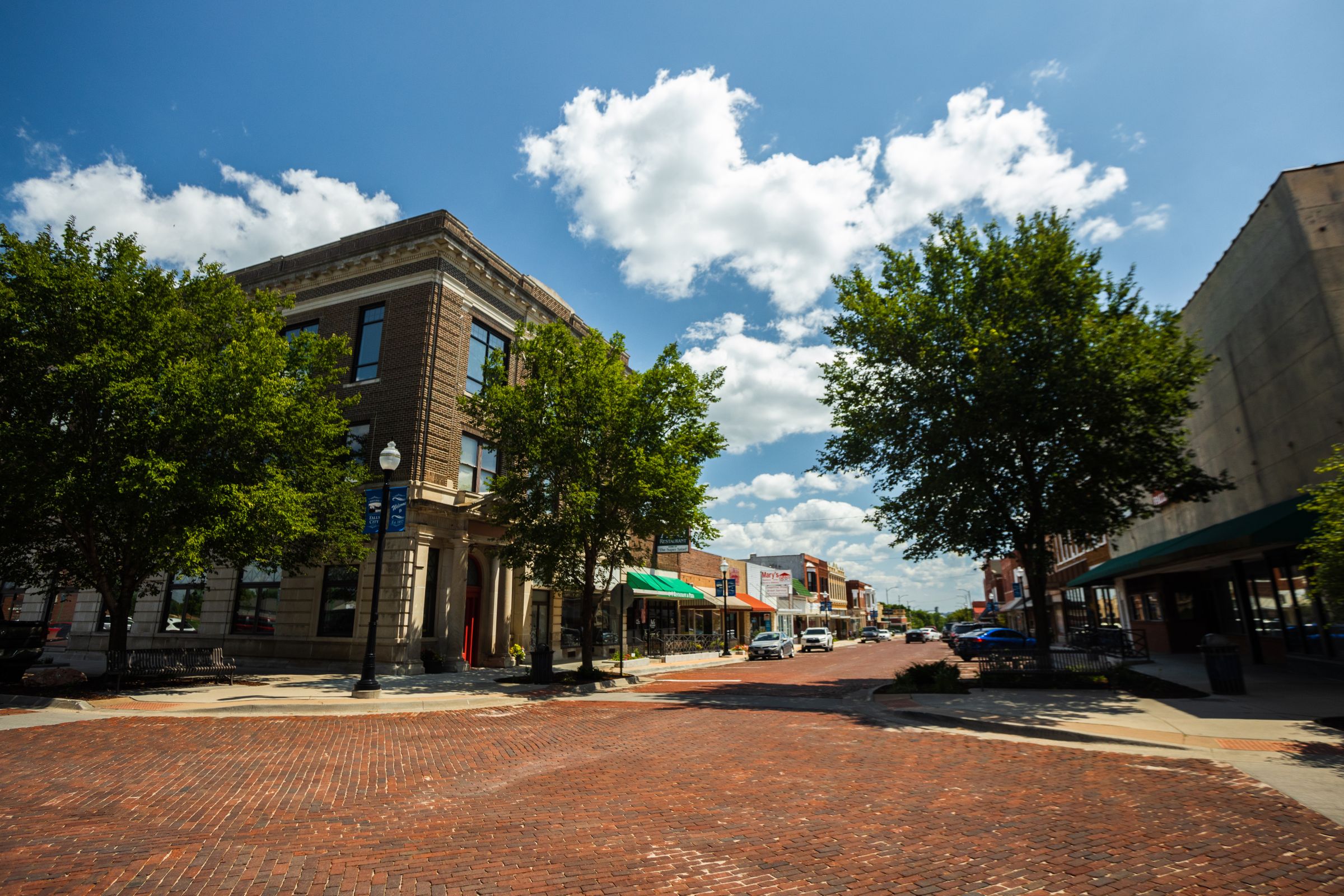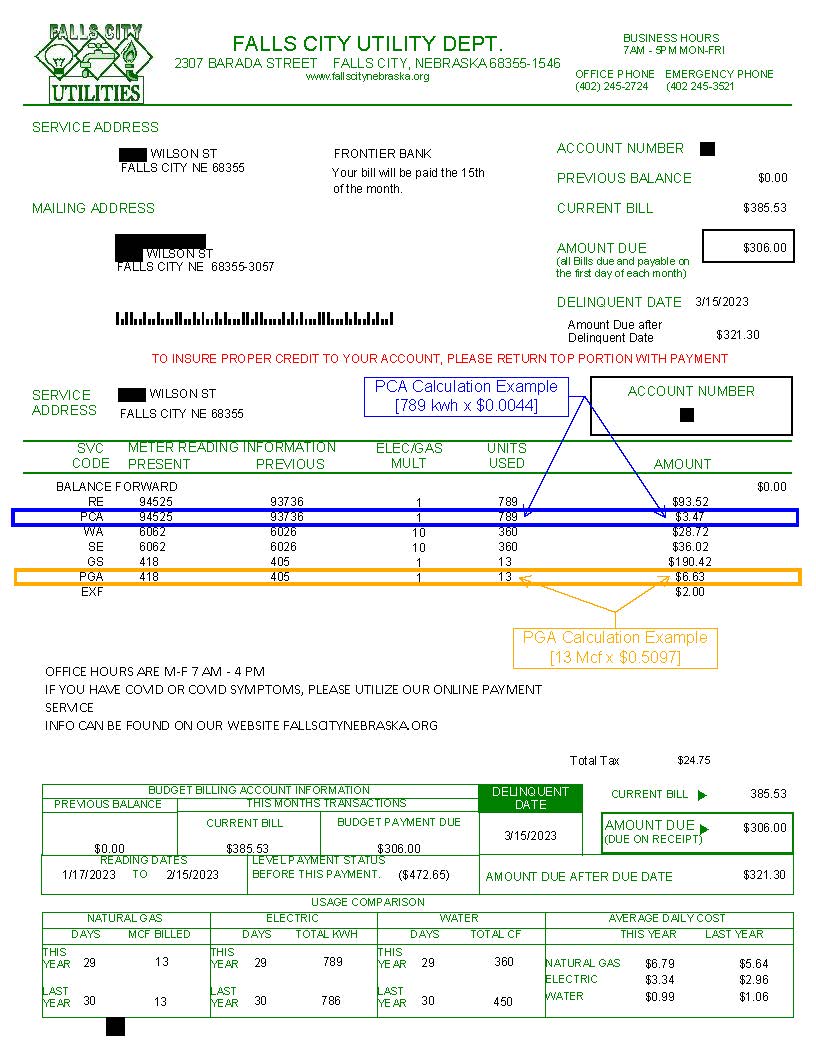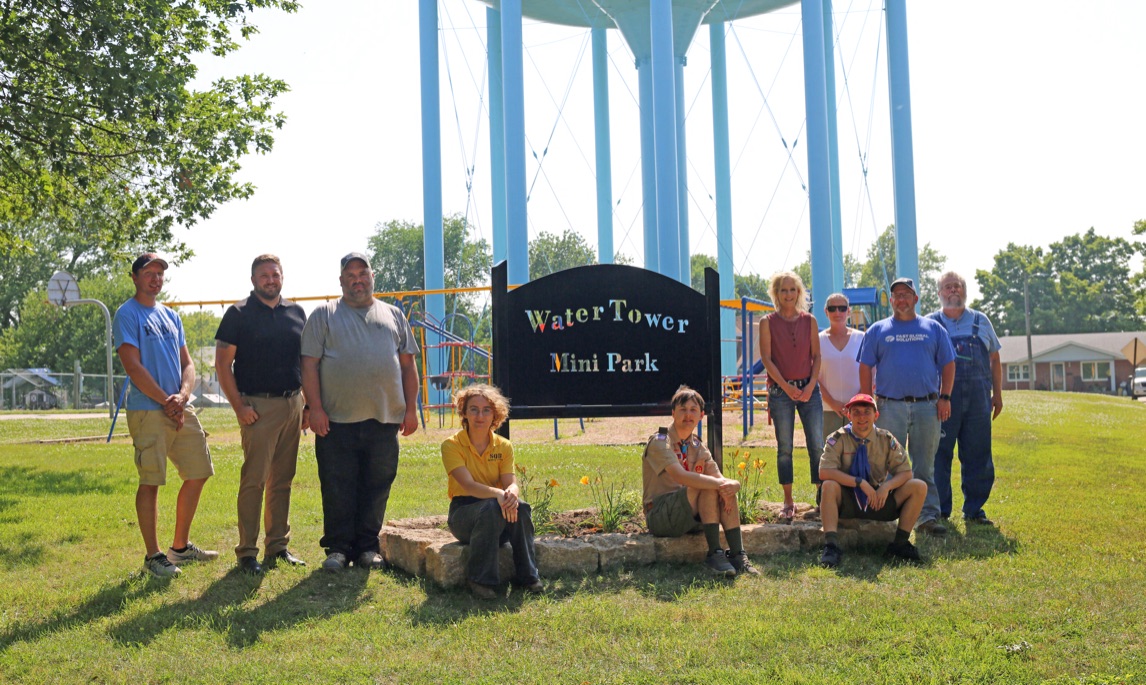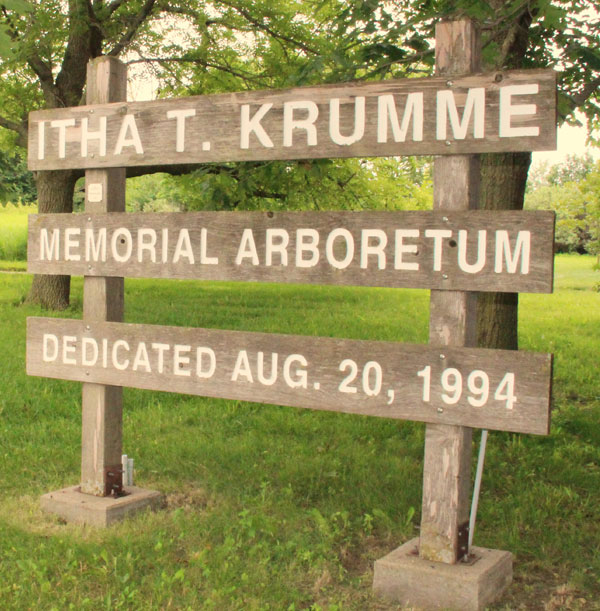The History of Falls City Can Be Enjoyed When Viewing Public Art and Historic Buildings
Friday, May 31, 2019
Falls City, Nebraska has a rich history of being a community who prides itself on freedom, seizing opportunities and continued growth. Falls City was founded in 1857 and in 1860 it became the county seat of Richardson County. Agriculture, industry and the railroad, came to define the city as it grew from a small pioneering community to a regional hub for transportation, banking and education. As the center for trade in Richardson County, Falls City was home to lawyers, politicians, artists, educators and businessmen.
As a city in a four-state corner that is easily accessed from Kansas, Missouri and Iowa, Falls City has historically attracted visitors and businesses from a four-state region, something that has further contributed to the city's historic growth and sustainability.
Historical Sites in Falls City
The Falls City Commercial Historic District was placed on the National Register of Historic Places in 2013. Throughout the city, there are historical buildings and sites that commemorate the rich history and industrial diversity of the areas. For example, there is a historical marker identifying the site of Nebraska's first producing oil well. Other important historic buildings include:
- Richardson County Courthouse was completed in 1925, to replace the initial building The Lydia Bruun Library opened in 1901 (Now KexRX Pharmacy)
- The Prichard Auditorium, completed in 1938, is used extensively by the community for athletic and social affairs.
- The National Guard/Armory/Former City Hall is located at 1820 Towle. This building was constructed in 1936 and is unique for being constructed out of Richardson County limestone.
- The Prichard Auditorium is a three-story stone auditorium built in the Art Deco style as a WPA project in 1939- 1940. The auditorium has been renovated and is still in use today.
- The Erath Building is one of the older structures in Falls City, having been erected around 1900. This brick commercial building can be found on W. 18th Street.
- At 1801 – 1803 Stone Street is the former site of the Union House Hotel. It then became the town’s Montgomery Ward department store with a glass storefront before being converted into offices and a smaller retail shop.
- The Gehling Opera House and Theater (now True Value Hardware) is a remarkable brick building, constructed in 1892- 1893 and designed by Falls City architect M.N. Blair. It has an ornamental façade that includes windows decorated with brick arches, stone ledges, turrets, and an elaborate cornice.
- Those visiting Falls City can also see the home of a former Nebraska governor. Arthur Weaver was the 22nd governor of the state and his house is located at 1906 Fulton Street.
Falls City's History is Commemorated with Art
Many talented artists like Alice Cleaver, John P. Falter and Allen Tubach have called Falls City home. These renowned artists found inspiration in the beauty of Falls City and the many activities taking place while they called the city home. The city’s artistic history has inspired modern artists as well and has resulted in the creation of public art. For example, in the city’s mini-park, there are three 40-foot murals depicting Falls City’s history from 1850 to 1984.
In the historic Grand Weaver Hotel there is a mural of Nebraska roadways prior to Interstate 80 that was painted by a local artist and can be viewed in addition to memorabilia from the hotel's past.
Visit Downtown Falls City
Over the decades, talented architects and craftsmen have used their skills to create remarkable buildings that now grace Falls City’s landscapes. To truly appreciate the architecture and history of the city, visit downtown Falls City. The downtown has been undergoing a revitalization and is home to many businesses, restaurants, the historic Grand Weaver Hotel and so much more. Visiting downtown is an excellent way to spend the afternoon, an evening out with friends or the weekend. When visiting be sure to visit Falls City’s historic buildings, view public art and enjoy the rich history that has contributed to the city’s continued growth and vibrancy.
Category: (none)









